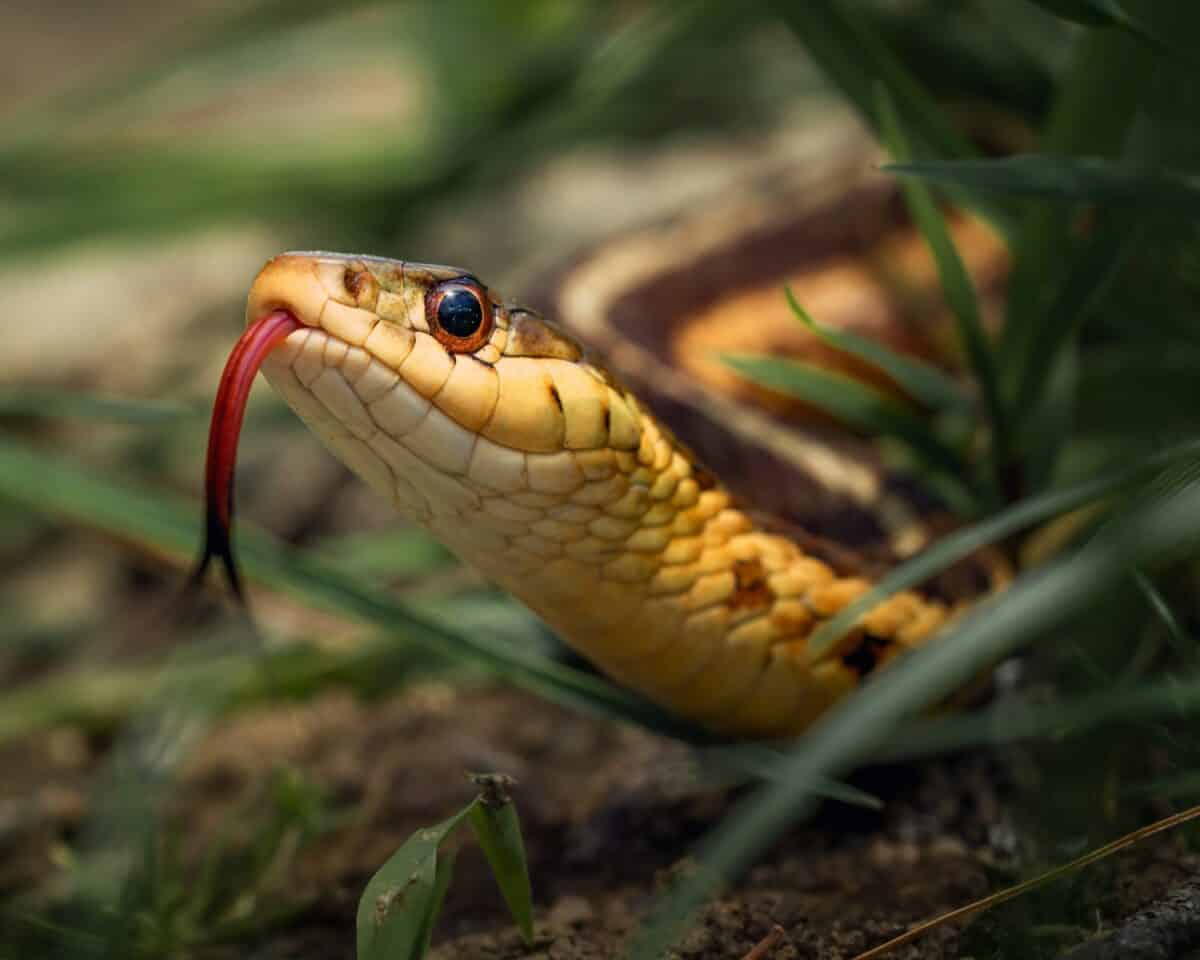One of the most distinctive behaviors exhibited by snakes is their constant tongue flicking. This rapid, rhythmic movement of their forked tongues has captivated observers for centuries and inspired countless myths and misunderstandings. Far from being a threatening gesture or a sign of aggression, this behavior is actually an essential sensory adaptation that allows snakes to navigate and understand their environment. The tongue flicking is so fundamental to snake biology that it occurs across all snake species, from tiny blind snakes to massive pythons and deadly vipers.
Every time a snake flicks its tongue, it’s actively gathering crucial information about its surroundings. This behavior is most noticeable when a snake is exploring a new environment, hunting for prey, or sensing potential danger. The frequency of tongue flicking typically increases when the snake is more active or alert. Some species may flick their tongues as frequently as 10-15 times per minute when actively exploring or tracking prey, while the rate decreases significantly during rest periods or when the snake feels secure in its surroundings.
The Anatomy of a Snake’s Tongue

A snake’s tongue is a marvel of evolutionary design. Unlike human tongues, which are thick, muscular organs primarily used for taste and speech, snake tongues are thin, lightweight, and highly mobile. Most distinctively, they feature a deep fork at the tip, creating two separate tines. This bifurcated design isn’t just for show—it serves a critical function in how snakes process sensory information. The forked structure allows snakes to simultaneously sample chemicals from two slightly different locations, providing them with directional information about scent sources.
The tongue itself contains very few taste buds compared to mammalian tongues. Instead, it’s specialized for collecting airborne particles and transferring them to a specialized organ. Snake tongues are also highly muscular, allowing for the rapid extension and retraction we observe as flicking. When not in use, the tongue retracts into a special sheath in the mouth floor, protecting this delicate sensory tool. This specialized anatomy highlights how evolution has crafted a unique solution to the challenges of sensing the world without limbs or external ears.
The Jacobson’s Organ: The Key to Understanding Tongue Flicks

The secret to why snakes flick their tongues lies in a specialized sensory structure called the Jacobson’s organ, or the vomeronasal organ. Located in the roof of the snake’s mouth, this remarkable paired structure contains highly sensitive cells that detect chemical signals. When a snake flicks its tongue, it’s not actually tasting in the way humans understand taste. Instead, the tongue collects microscopic particles from the air, ground, and other surfaces. Upon retracting the tongue, the snake inserts the tips into a pair of small openings that lead directly to the Jacobson’s organ.
Inside this specialized organ, the chemical particles are analyzed with extraordinary sensitivity, far exceeding what humans can detect with our sense of smell. The Jacobson’s organ can detect pheromones, scent trails from prey, territorial markings from other snakes, and environmental cues that indicate danger or safety. This system is so sensitive that some snakes can detect prey that passed through an area days earlier or distinguish between individual rodents based on their scent signatures. The information is then transmitted to the snake’s brain, creating a detailed chemical map of its surroundings.
The Science of Chemosensation
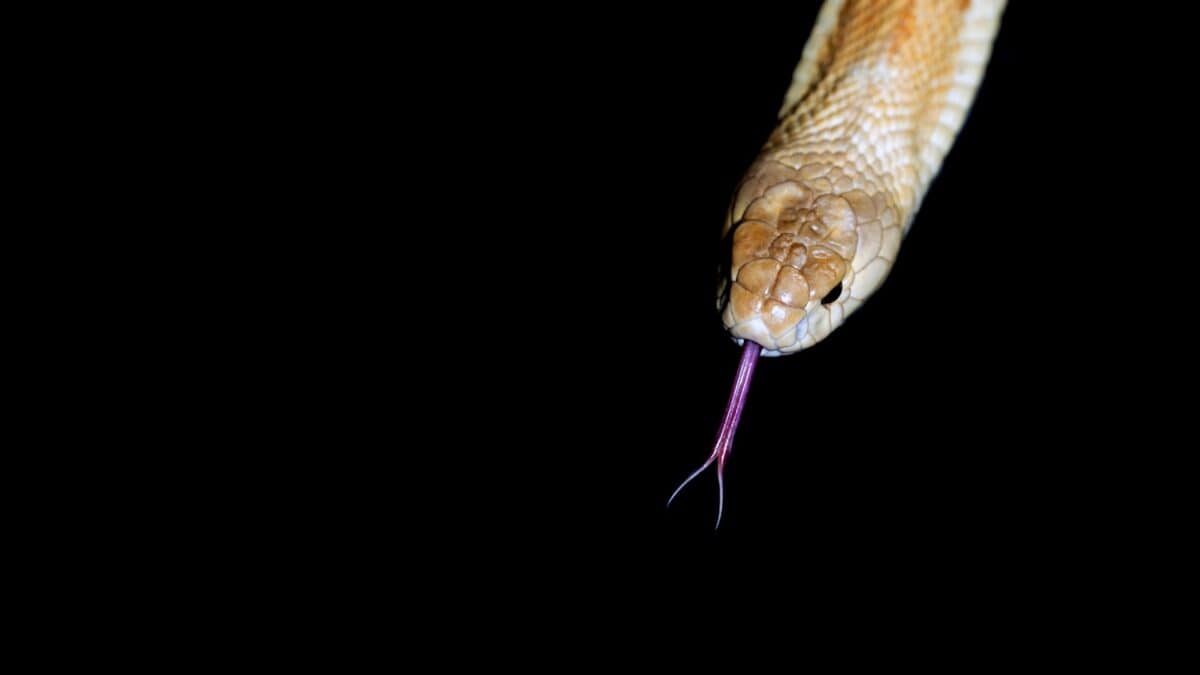
Snake tongue flicking represents one of the most sophisticated chemosensory systems in the animal kingdom. This process, known scientifically as vomerolfaction, allows snakes to essentially “smell” their environment with remarkable precision. Unlike the human olfactory system, which relies on airborne molecules reaching receptors in our nasal passages, snakes actively collect chemical samples from their environment using their tongues. This form of active chemical sampling gives snakes a significant advantage, especially in environments where visual cues might be limited.
Research has shown that snakes can detect chemical concentrations at astonishingly low levels—sometimes just a few molecules per cubic centimeter of air. This sensitivity allows them to detect prey hidden underground, follow complex scent trails, and identify other snakes by species, sex, and even individual identity. The chemical information gathered is processed in specialized regions of the snake’s brain, creating a detailed sensory picture that guides the snake’s behavior. In many ways, snakes experience a chemical version of vision, building a mental map of their surroundings based entirely on molecular traces.
Hunting with the Tongue: Tracking Prey
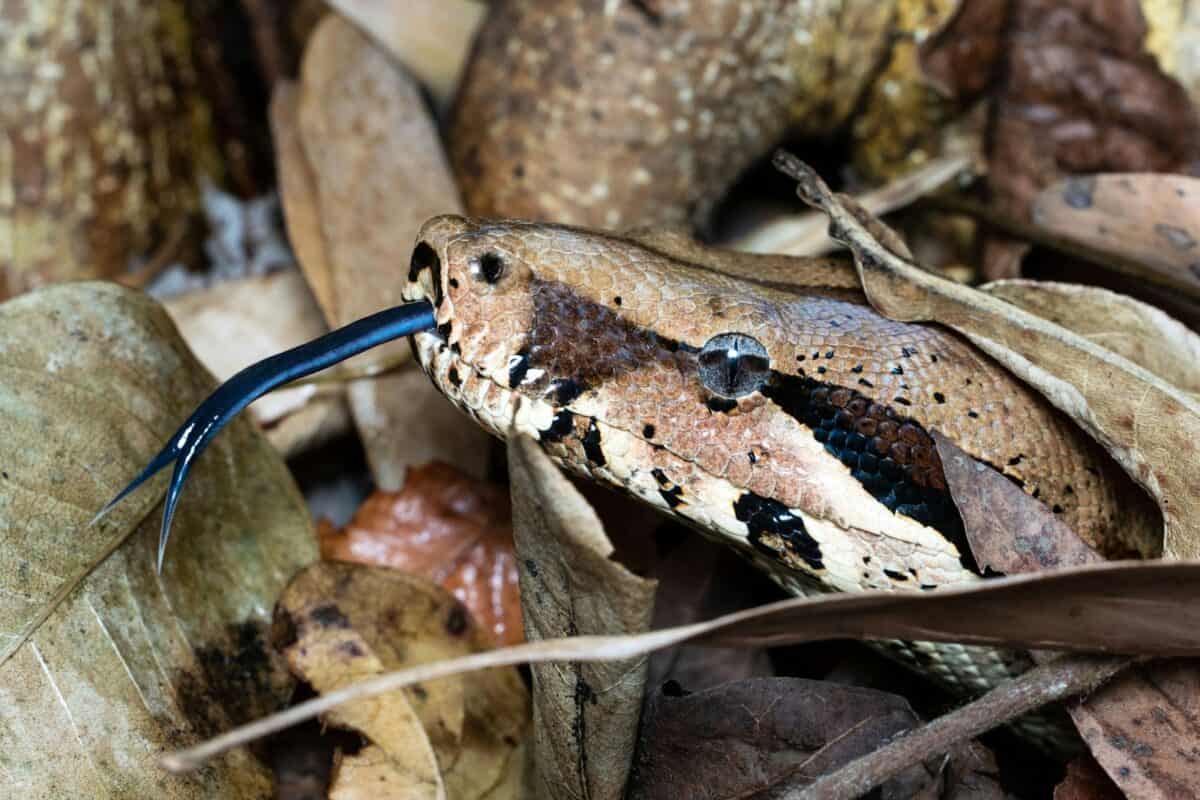
One of the primary functions of tongue flicking is to locate and track prey. When a snake detects prey chemicals in its environment, it will increase the frequency of its tongue flicks and move its head from side to side to better determine the direction of the scent. The forked design of the tongue becomes crucial here—the slight difference in chemical concentrations detected by each tine helps the snake determine which direction to move to find its prey. This process is similar to how humans use two ears to locate the source of a sound.
Different snake species have evolved variations in their tongue-flicking behavior based on their hunting strategies. Ambush predators like vipers might flick their tongues less frequently but with greater attention to a specific area where they expect prey to appear. Active hunters like rat snakes, on the other hand, continuously flick their tongues as they move through their environment, creating a constant stream of chemical information. Some species are so adept at chemical tracking that they can follow prey trails through complex environments, including underwater for aquatic species, demonstrating the remarkable versatility of this sensory system.
Detecting Danger: The Safety Function of Tongue Flicking
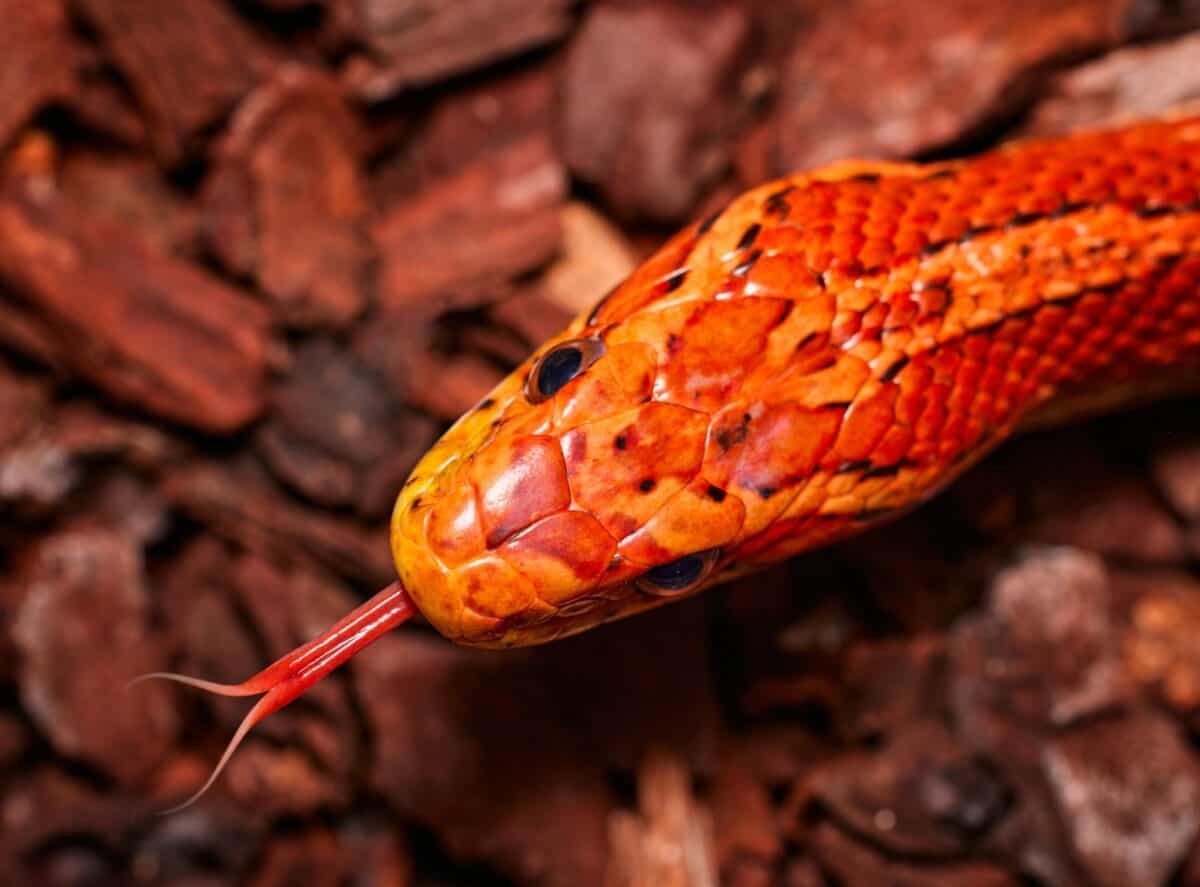
Beyond hunting, tongue flicking serves as a critical warning system for snakes. By sampling the air and ground for chemical signatures, snakes can detect predators or threats before they come into visual range. This early-warning system is essential for animals that lack the speed to outrun many predators and instead rely on hiding or defensive displays. When a snake detects chemicals associated with a potential predator, its behavior often changes dramatically—it might freeze, flee, or assume a defensive posture depending on the species and situation.
Interestingly, snakes can also detect the chemical signatures of other snake species, including those that might pose a threat. King snakes, which are famous for eating other snakes including venomous species, produce chemicals that trigger fear responses in many snake species. Research has shown that certain snake species will immediately change direction or retreat when they detect king snake scent through their tongue-flicking behavior. This chemical detection system allows snakes to navigate a complex world of threats and opportunities without relying on vision, which can be limited in their often dark, enclosed habitats.
Social Communication Through Chemical Signals
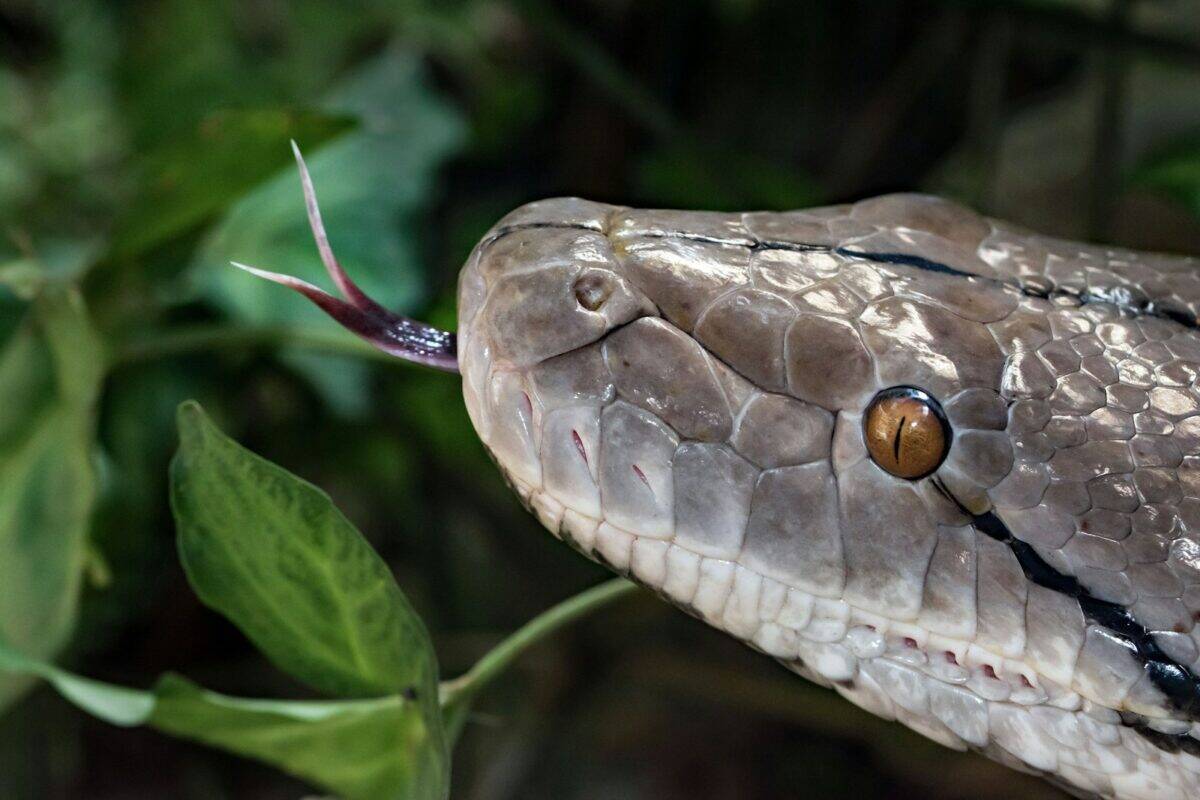
Contrary to their solitary reputation, many snake species engage in complex social behaviors, largely facilitated by chemical communication detected through tongue flicking. During breeding season, male snakes rely heavily on their chemosensory abilities to track receptive females. The female snakes release specific pheromones that leave a chemical trail, which males can follow by constantly sampling the air and ground with their tongues. This chemical tracking can lead males to follow female trails for considerable distances, sometimes several kilometers.
Beyond mating, snakes use chemical signals for territorial marking, aggregation behaviors, and even communal denning in some species. Garter snakes, for example, often hibernate in large groups and use chemical cues to locate suitable denning sites and fellow snakes. Mother rattlesnakes can recognize their offspring through chemical signatures, and some species even engage in rudimentary forms of parental care guided by chemical recognition. All these social interactions depend on the constant tongue flicking that allows snakes to detect and interpret the chemical messages left by other snakes in their environment.
Tongue Flicking Patterns Across Different Snake Species

The specific patterns of tongue flicking vary significantly across the approximately 3,900 species of snakes worldwide. These variations reflect differences in habitat, diet, hunting strategies, and evolutionary history. Arboreal (tree-dwelling) snakes often exhibit more deliberate, slower tongue flicks compared to terrestrial species, possibly because airborne chemicals disperse differently in their elevated habitats. Aquatic snakes have evolved the remarkable ability to flick their tongues underwater, gathering chemical information from their aquatic environment despite the physical challenges this presents.
Some of the most fascinating variations occur in specialized feeders. Egg-eating snakes use their tongue flicks to locate bird nests and determine if eggs are fresh. Snake species that feed on fish have tongue-flicking patterns optimized for detecting water-soluble chemicals. Blind snakes, which spend most of their lives underground eating ant and termite larvae, have reduced but still functional tongue-flicking behaviors adapted to their subterranean lifestyle. These variations highlight how this fundamental behavior has been refined through natural selection to suit the specific ecological niches occupied by different snake species.
Environmental Factors Affecting Tongue Flicking
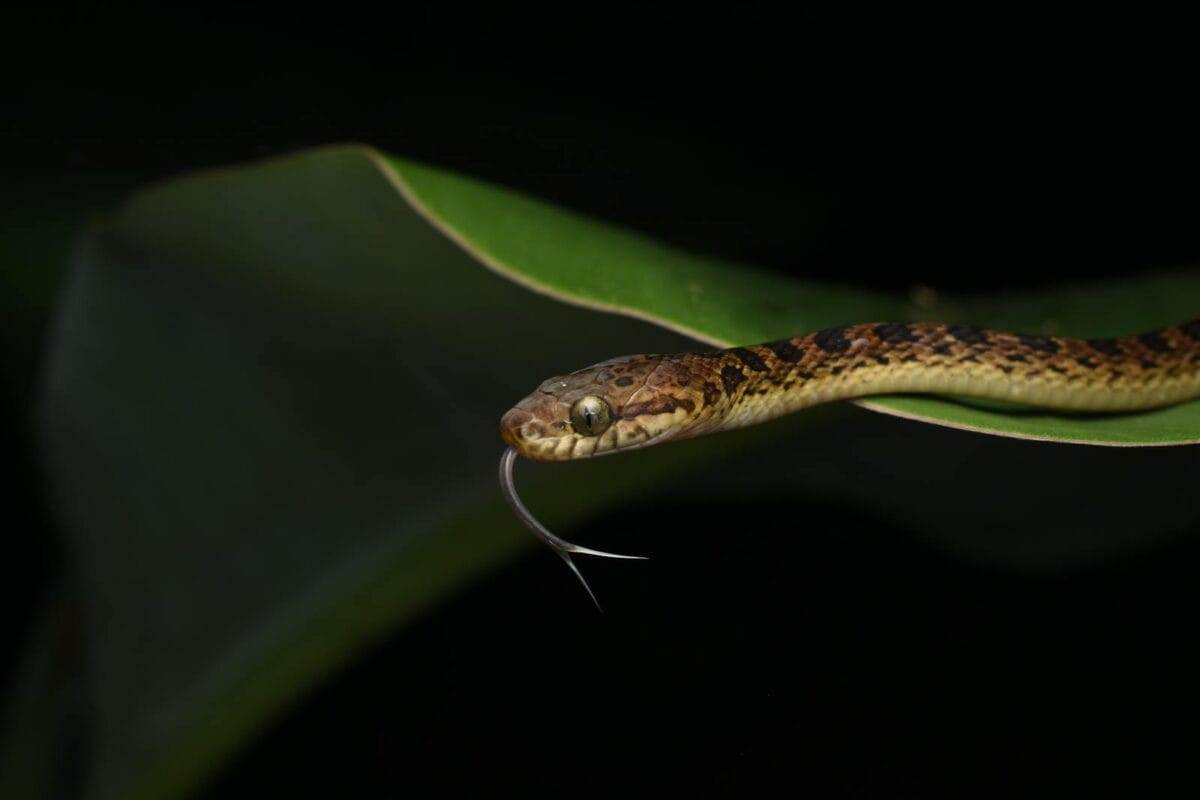
The frequency and pattern of tongue flicking is not constant but varies based on environmental conditions and the snake’s physiological state. Temperature plays a particularly important role, as snakes are ectothermic (cold-blooded) animals. At higher temperatures within their optimal range, tongue flicking typically increases in frequency as the snake’s overall metabolism and activity level rises. During cooler periods or brumation (a hibernation-like state), tongue flicking may slow dramatically or stop altogether as the snake conserves energy.
Humidity and air movement also affect tongue-flicking behavior. In environments with high humidity, chemical particles may linger longer in the air and on surfaces, potentially changing how snakes gather and process this information. Strong winds can disperse chemical signals more quickly, sometimes making it harder for snakes to follow scent trails. Researchers have observed that snakes often adjust their tongue-flicking behavior based on these environmental variables, demonstrating the flexibility of this sensory system. Some species may increase the duration of each tongue flick in drier conditions to compensate for the reduced availability of moisture-bound chemicals.
Common Misconceptions About Snake Tongue Flicking
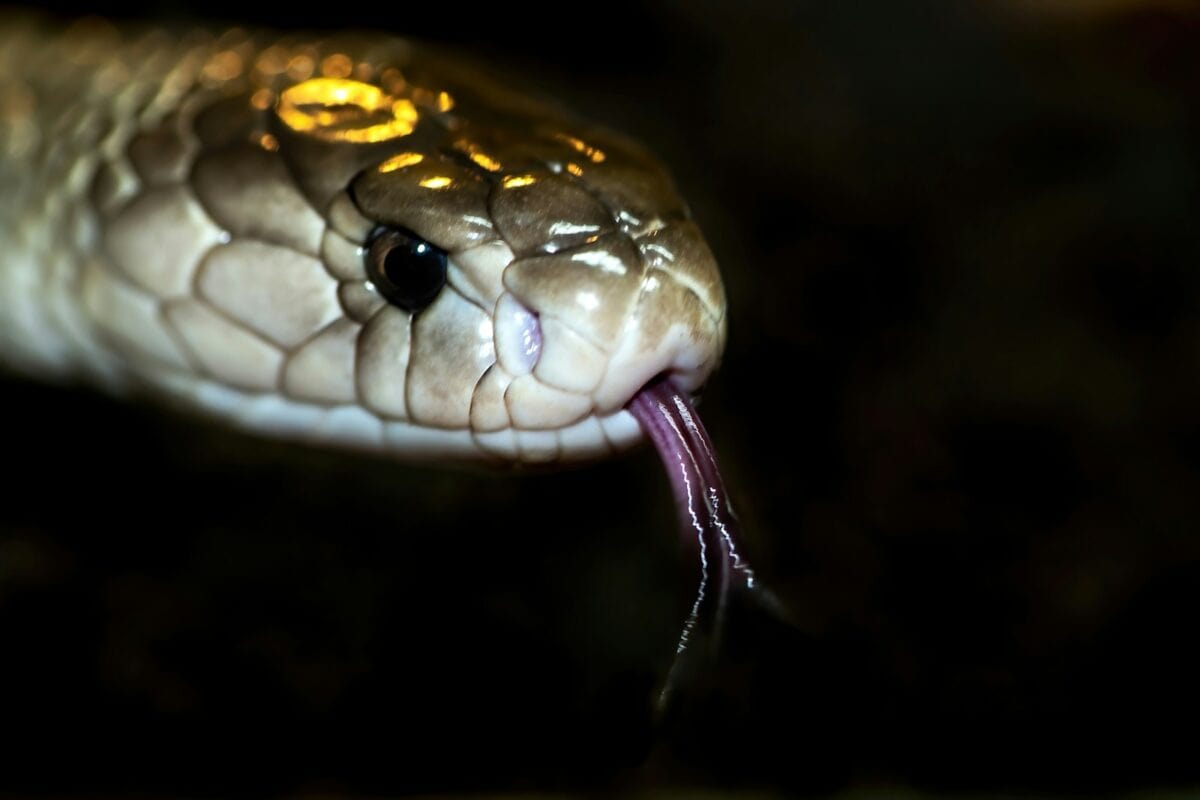
Despite its importance to snake biology, tongue flicking is surrounded by numerous misconceptions. Perhaps the most common is the belief that snake tongues are venomous or dangerous in some way. In reality, the tongue is purely a sensory organ with no offensive capabilities whatsoever. Another widespread myth is that snakes “hiss” with their tongues, when in fact hissing is produced by forcefully expelling air from the glottis (windpipe opening) and has nothing to do with the tongue. Some people incorrectly believe that snakes use their tongues to “taste” prey before eating it—while they do gather chemical information this way, the process is fundamentally different from what we experience as taste.
Cultural depictions often exaggerate or misrepresent tongue flicking, portraying it as a threatening behavior preceding an attack. This has contributed to unwarranted fear of snakes in many societies. In reality, increased tongue flicking often indicates curiosity or information gathering rather than aggression. Understanding the true purpose of this behavior can help foster appreciation rather than fear of these remarkable reptiles. For snake owners, recognizing that rapid tongue flicking in a captive snake usually indicates active exploration rather than stress can help with proper interpretation of their pet’s behavior.
The Evolution of Tongue Flicking in Reptiles
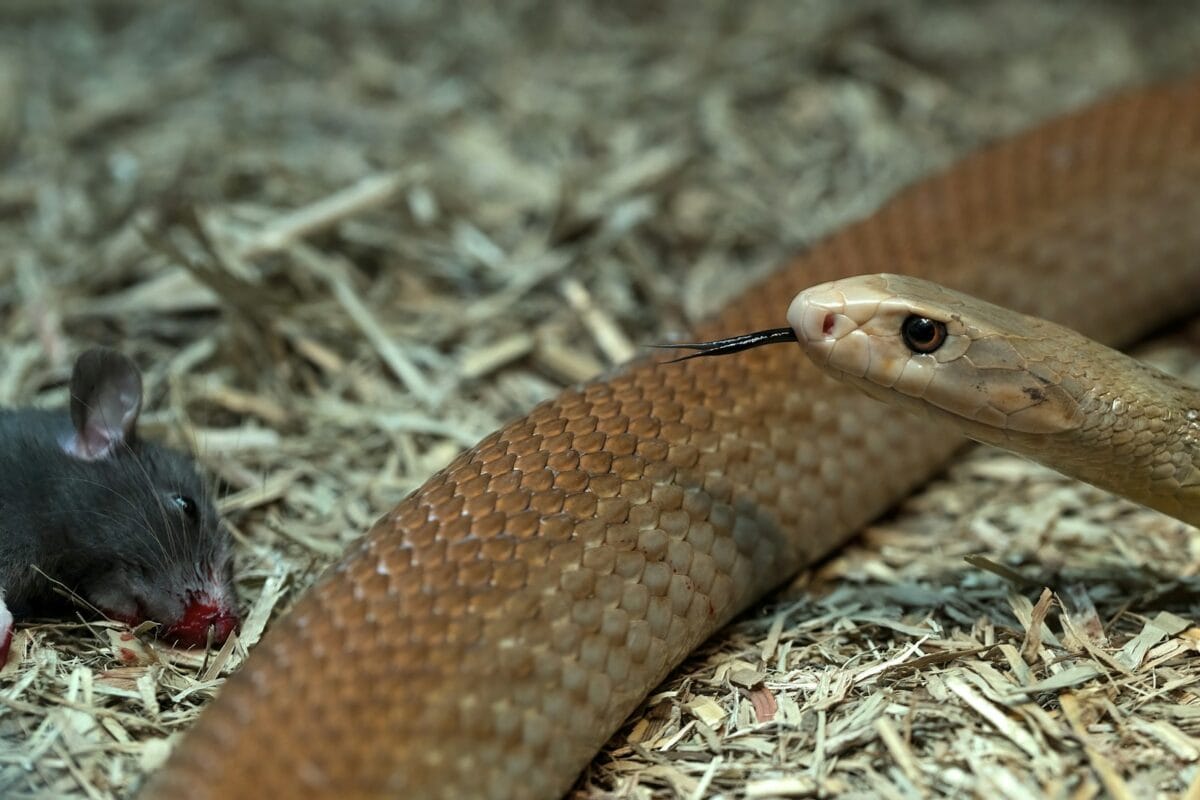
Tongue flicking didn’t evolve exclusively in snakes—it’s actually a behavior shared by many squamate reptiles (the group containing snakes and lizards). The Jacobson’s organ and associated tongue-flicking behavior likely evolved in the common ancestor of this group over 200 million years ago. However, snakes have refined and specialized this system to an extraordinary degree compared to most lizards. As snakes evolved from lizard ancestors and lost their limbs, they became increasingly dependent on chemosensation for navigating their environment, leading to the sophisticated system we observe today.
Evolutionary biologists believe that the transition to a limbless body form created strong selective pressure for enhanced chemical sensing abilities. Without legs to explore their environment through touch or elevated eyes for distance vision, early snakes needed alternative ways to detect prey and avoid predators. The already-present tongue-flicking behavior and Jacobson’s organ provided a foundation that natural selection could enhance. Over millions of years, this system became increasingly sophisticated, with the tongue becoming more deeply forked and the Jacobson’s organ growing more sensitive. Today’s snakes represent the culmination of this evolutionary journey, with one of the most advanced chemical detection systems in the animal kingdom.
Understanding the Essential Nature of Snake Tongue Flicking
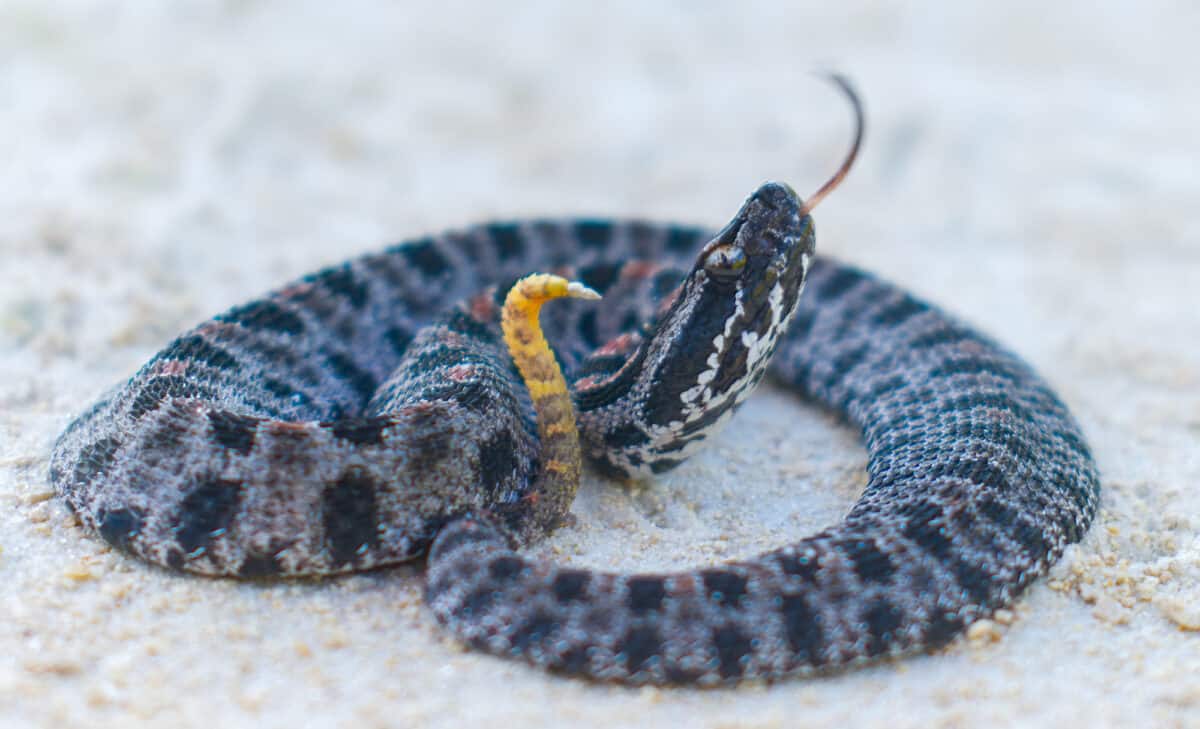
The constant tongue flicking observed in snakes represents far more than a curious behavioral quirk—it’s an evolutionary marvel that provides these limbless reptiles with a sophisticated window into their chemical environment. Through this specialized sensory system, snakes can hunt effectively, avoid dangers, find mates, and navigate complex environments despite lacking many of the sensory advantages that other animals possess. The forked tongue working in concert with the Jacobson’s organ effectively gives snakes a form of “chemical vision” that humans can barely comprehend given our limited olfactory capabilities.
Understanding tongue flicking helps us appreciate the remarkable adaptations that have allowed snakes to thrive for millions of years across diverse habitats worldwide. It also reminds us that animals perceive and interact with the world in ways fundamentally different from our own human experience. For snake enthusiasts, wildlife observers, and scientists alike, the constant dance of a snake’s tongue represents a fascinating window into the chemical landscape that exists all around us but remains largely imperceptible to our senses. Next time you observe a snake flicking its tongue, remember that you’re witnessing one of nature’s most elegant solutions to the challenges of survival in a complex world.
- The Most Remote Lake in the U.S. - August 19, 2025
- 9 Animals That Have an Extra Sense Humans Can’t Even Imagine - August 19, 2025
- 17 Dog Breeds With The Shortest Live Expectancy - August 19, 2025

